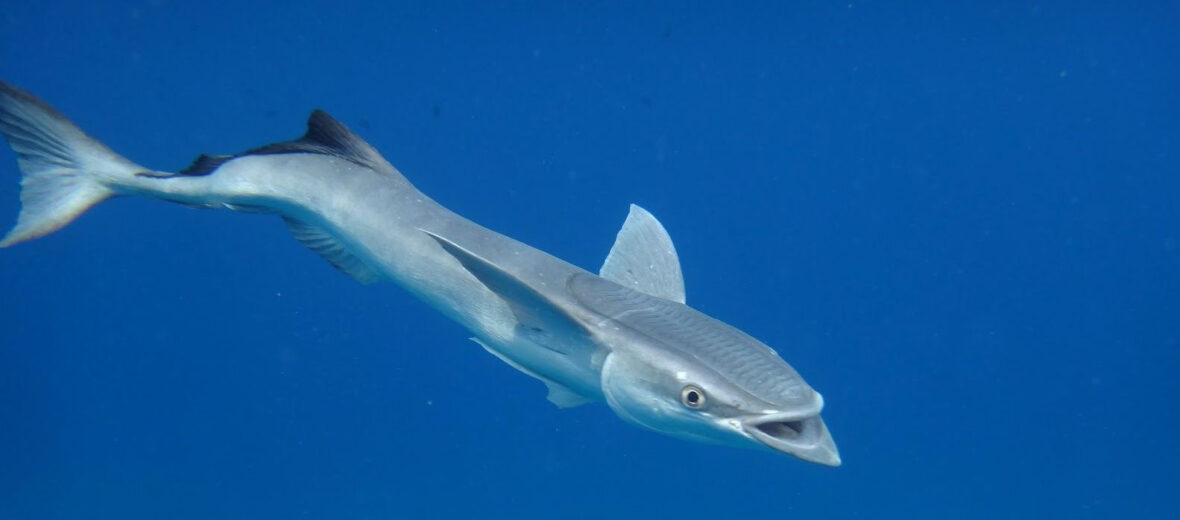
The remora, aka shark sucker or sucker fish is a commensal fish who spends its life attached to or swimming next to sharks, rays, and other large oceanic creatures. There are 8 known species of remora distributed throughout the oceans around the world. This fish has an oval suction disk on top of it’s head that that has several paired, crosswise-oriented plates. This disk is actually an evolved dorsal fin. These aquatic hitchhikers are listed as Least Concern by the IUCN.
First the Stats…
Scientific name: Echeneidae
Weight: Up to 2.4 lbs.
Length: Up to 35 inches
Lifespan: Up to 5 years
Now on to the Facts!
1.) These fish have numerous tiny, sharp teeth that curve inward.
2.) Remoras do not have a swim bladder so they struggle to swim like other fish. Instead they just attach to their host and get towed through the water. This assists in passing water over the gill filaments and gets them to where they need to be.
3.) Some fishermen will use remoras for catching other fish and even sea turtles.
4.) There are some species that even live in the mouth of large creatures like whale sharks.
5.) Primary foods of choice are scraps from their hosts, as well as small crustaceans, and parasites on the host’s skin.
But wait, there’s more on the remora!
6.) They have even been known to attach themselves to diver’s stomachs, legs, and arms. Reports are that this can be painful, especially when removing said fish.
7.) Their breeding season lasts from June – July, in the Atlantic ocean and August – September, in the Mediterranean.
Did you know…?
The Latin name “remora” means “to hold back”. This namesake comes from the ancient belief that remoras were responsible for death of the Roman emperor Caligula. Apparently they held on to the bottom of ships and prevented the Romans from fighting against their enemy’s ships.
8.) The fry look just like miniature versions of the adults.
Now a Short Remora Video!
Also, check out the Critter Science YouTube channel. Videos added frequently!
Want to suggest a critter for me to write about? Let me know here.




Leave a Reply